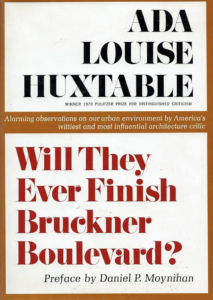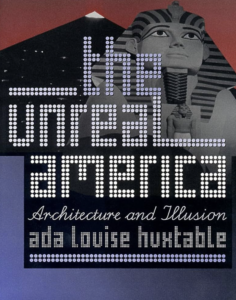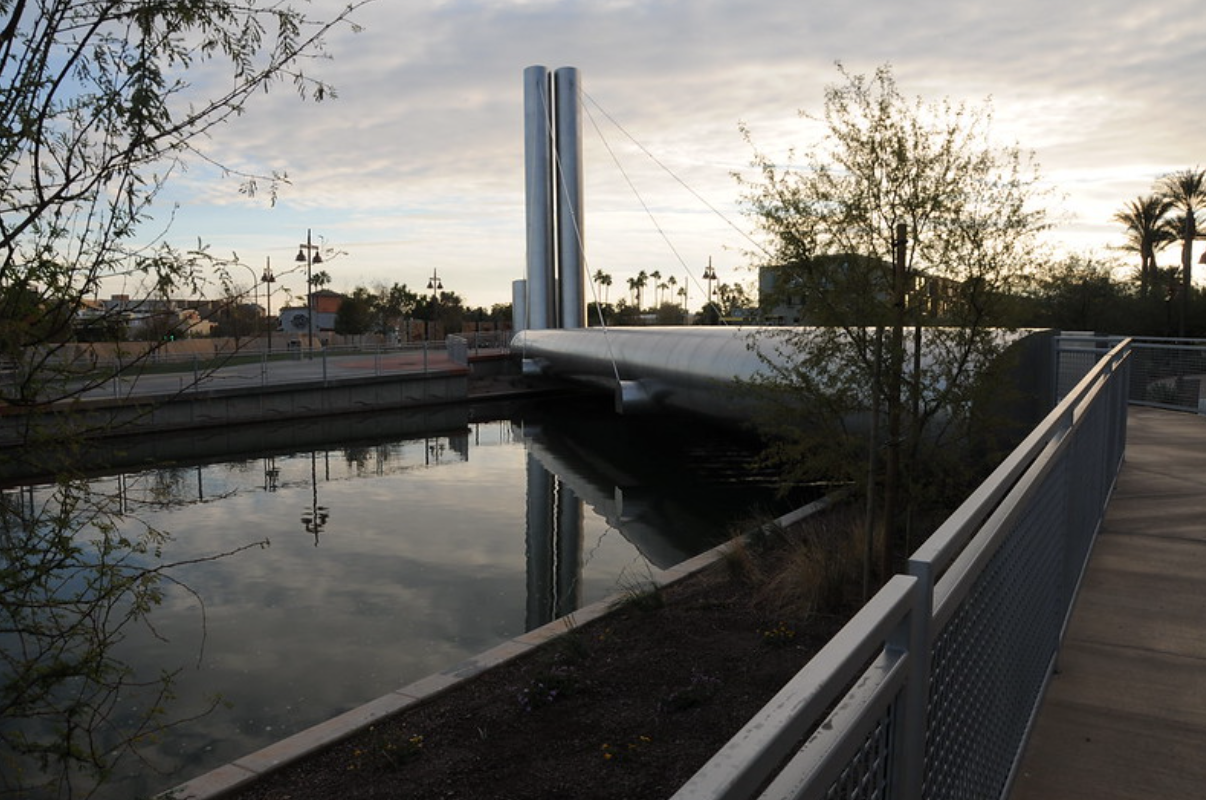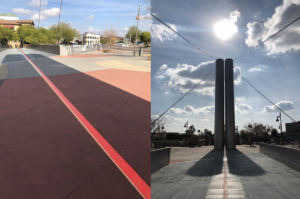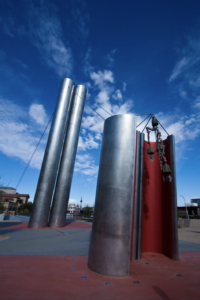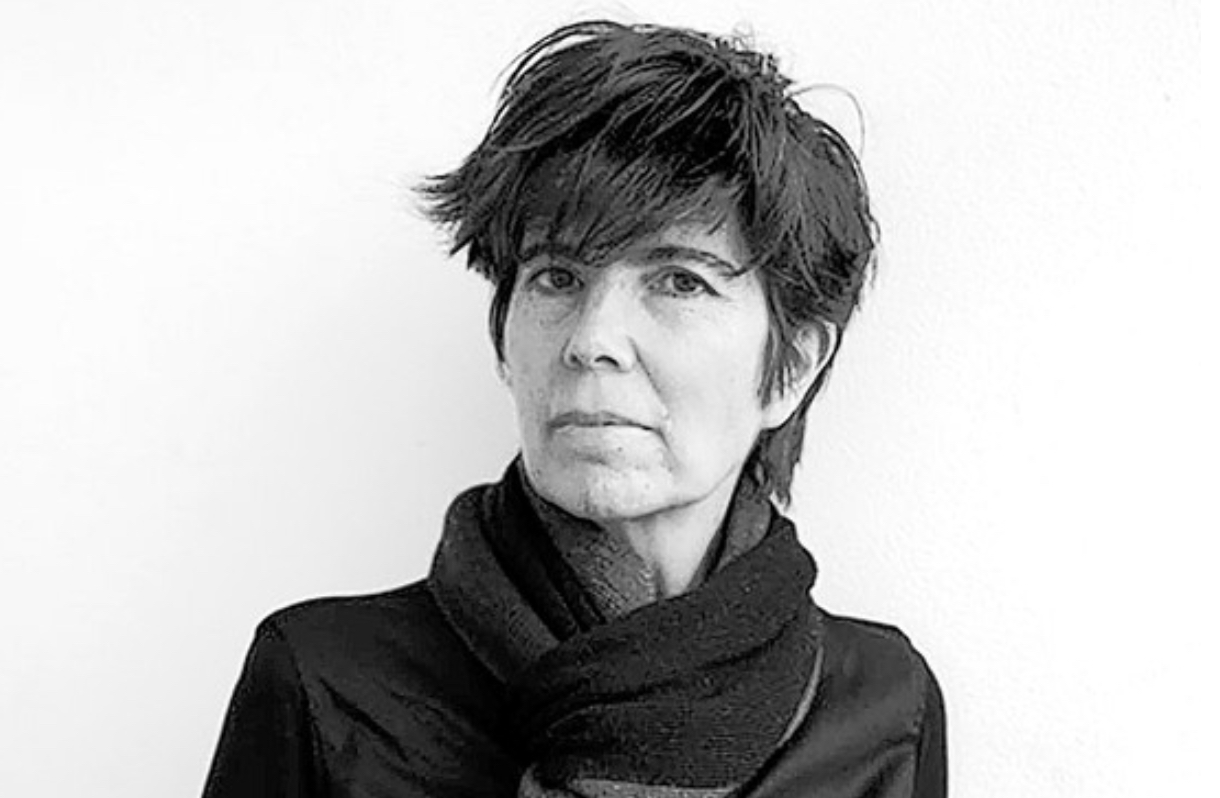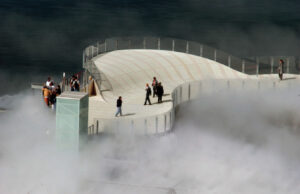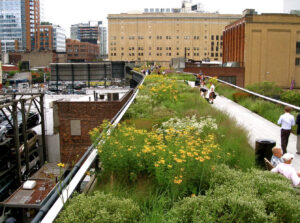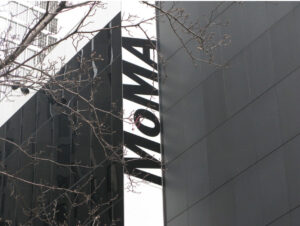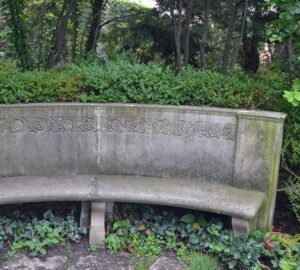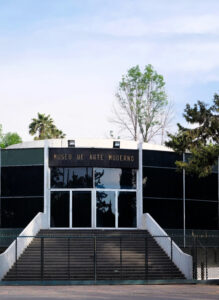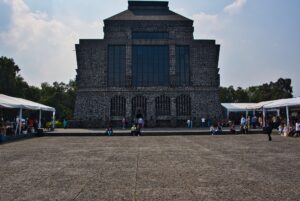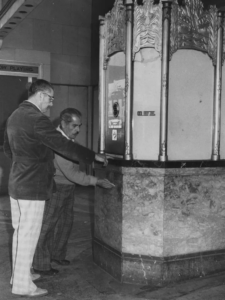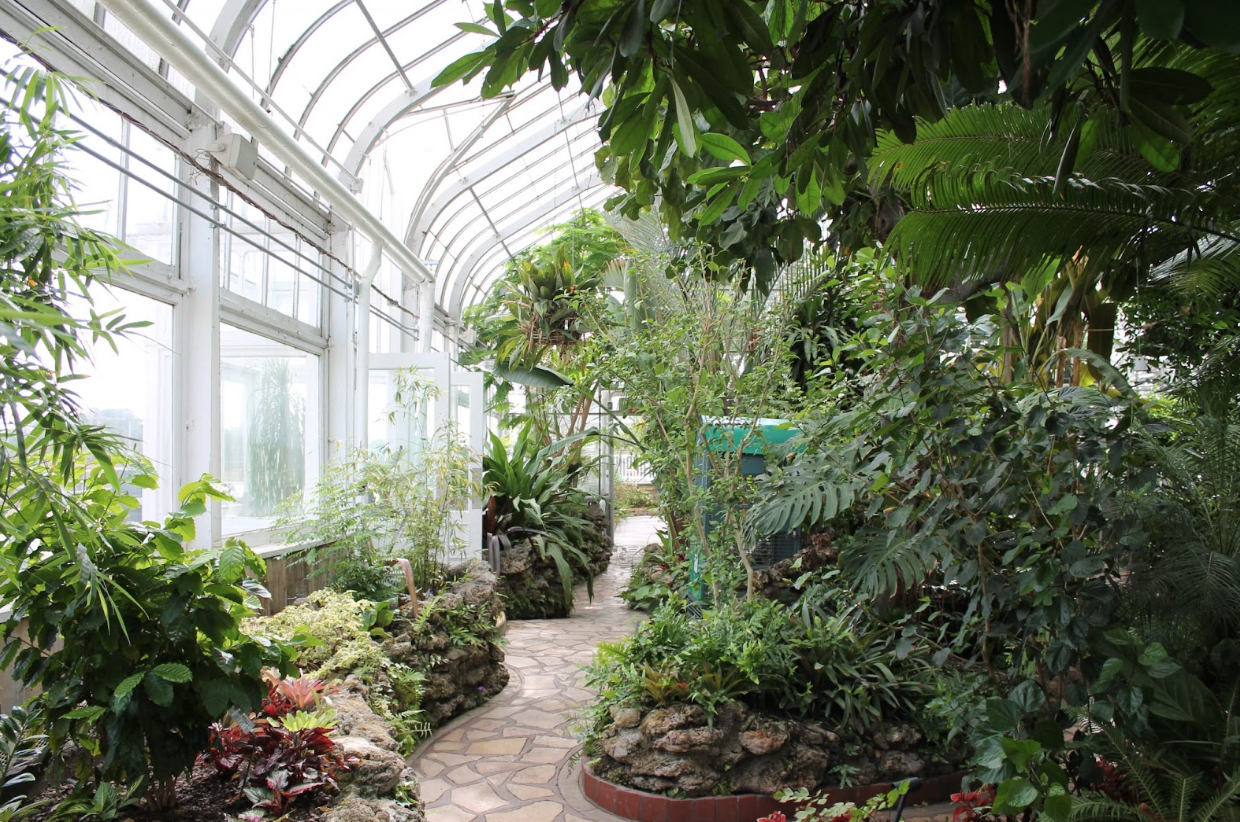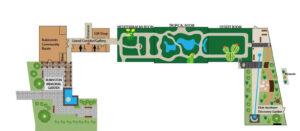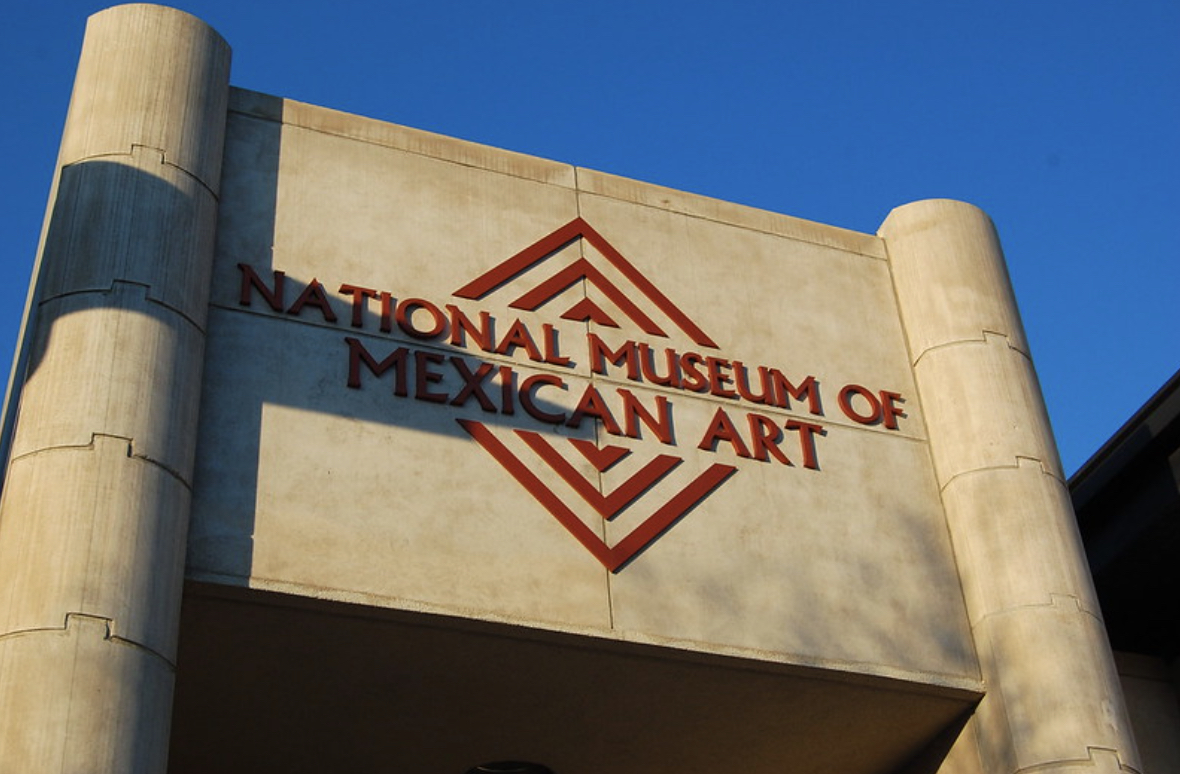As part of our ongoing “Women in Architecture” series, we’re turning our attention to Margarete Schütte-Lihotzky — an architect whose visionary designs and commitment to social consciousness have left an indelible mark on the field. Her story stands out as a testament to creativity, resilience, and an unwavering dedication to innovative design. Join us as we dive into the extraordinary life and career of this influential figure:
The Life of Margarete Schütte-Lihotzky
Margarete Schütte-Lihotzky was born on January 23, 1897, in Vienna, Austria. Growing up in this vibrant city, she was captivated by its blend of historical charm and modern ambition, fostering a deep appreciation for architecture from a young age. The dynamic cityscape became a canvas for her budding architectural imagination.
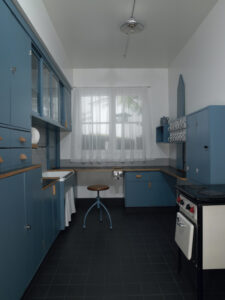
Her educational journey began at the University of Applied Arts Vienna, where she faced the challenge of being the first woman to attend the school. Undeterred, Lihotzky excelled in her studies, laying the foundation for a groundbreaking career. In school, she studied under the famed Australian architect, Oskar Strnad and before graduating, was awarded a handful of prizes for her work.
Notable Works and Achievements
Schütte-Lihotzky’s architectural legacy is defined by designs that transcend mere structures, becoming narratives of history, environment, and society. Much of her early work involved designing settlements and affordable housing projects across Europe. Eventually, she was approached by German architect, Ernst May, to help construct an affordable public housing project called New Frankfurt.
Perhaps her most groundbreaking contribution to New Frankfurt is the Frankfurt Kitchen, a marvel of efficiency and modern design. This kitchen was a pioneering attempt to apply scientific principles to domestic kitchen design. It aimed to optimize space and workflow, featuring built-in storage, sliding doors, and specialized work areas—a revolutionary concept that transformed the way we think about kitchen spaces.

Later in her career, Lihotzky provided her expertise to projects across the world, from the creation of the kindergarten schools in Bulgaria and Germany to consultant jobs in China and Cuba. Alongside her revolutionary work, she has received various design awards and achievements, including the Architecture Award from the City of Vienna in 1980 and the Austrian Decoration for Science and Arts in 1992.
Margarete Schütte-Lihotzky’s enduring legacy lies not just in her architectural creations but in the inspiration she provides for architects, especially women. Her life’s work serves as a reminder that architecture is a powerful medium for storytelling, heritage preservation, and the design of a sustainable future.


